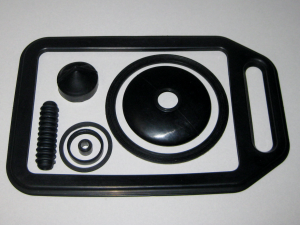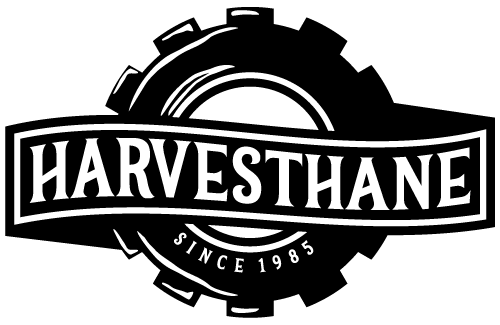EPDM (ethylene-propylene-diene) has many exceptional qualities making it a go-to elastomeric material. EPDM is thermoset, meaning that it is cured with elevated heat. This curing process transforms the material by cross-linking individual chains of the polymer, resulting in a solid material that cannot be melted and reshaped after curing. As a synthetic, it is manufactured from petroleum rather than latex tapped from the rubber tree. Its primary material properties include outstanding heat, ozone, and weather resistance. Further enhancing those properties, EPDM is resistant to alkalis, acids, and oxygenated solvents, along with water and steam.
Because of the material’s unique combination of physical properties, EPDM can be used in an unusually broad range of products. Aside from applications requiring resistance to oil and hydrocarbon solvents, there is a scarcely an application in which EPDM is totally unsuitable. Because of its excellent resistance to ozone, sunlight, and severe weather conditions, EPDM is ideal for outdoor service.
The two largest uses of EPDM come from the tire and roofing industries. Just think. When driving to work today, you likely utilized the heat, ozone, and weather resistance properties of EPDM. Possibly during your time at work, you took advantage of EPDM’s ability to protect the building’s roof. EPDM is resistant to the best Mother Nature can bring, whether that be sun, rain, sleet, or snow.
For those same outstanding properties, it is used by OEM manufacturers in nearly limitless custom molded products. Seals and dust boots on bike braking systems, bellows and housings on power generation equipment, handles on marine equipment, grips and foot pedals on lawn mowing equipment, valve seals in liquid distribution systems, grommets for wiring harness applications, and isolators of automotive roof rack systems are just a handful of examples. EPDM is a robust material, very often chosen for many diverse custom applications.




